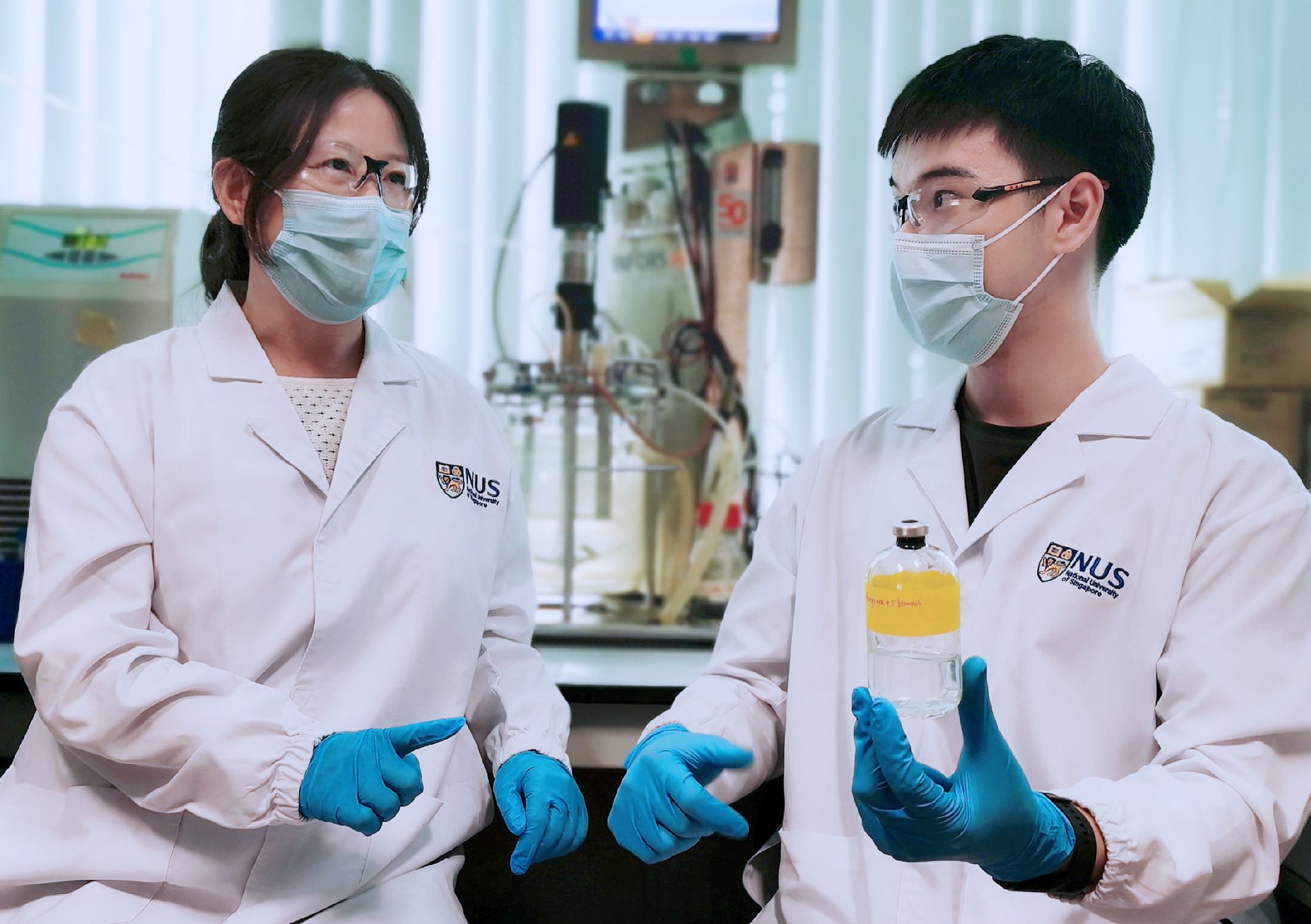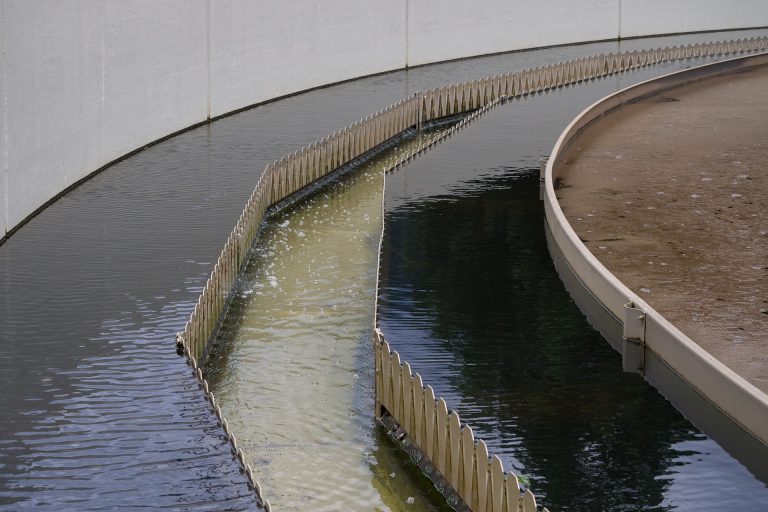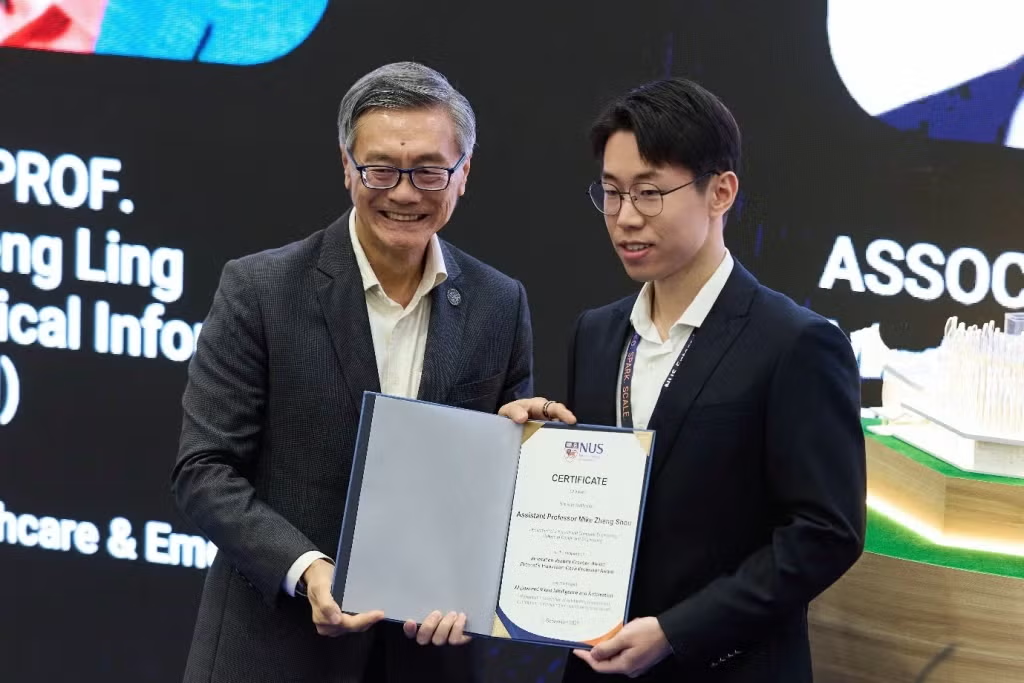
A newly discovered strain of bacterium could transform the way sewage and wastewater is treated, with a process that is cheaper, simpler and greener than current methods.
A team led by Associate Professor He Jianzhong from NUS Civil and Environmental Engineering, discovered the bacterium called Thauera sp. strain SND5 in a wastewater treatment plant in Singapore after noticing some unusual phenomena whilst carrying out routine monitoring.
After isolating various strains of bacteria, the SND5 strain was found to have multitasking capabilities, removing both nitrogen and phosphorous from sewage.
In sewage, nitrogen is present in ammonia while phosphorous is present in phosphates. Too much of either compound risks polluting the environment, so they must be removed before the treated water can be released.
Using the SND5 bacterium strain to do the work in place of current processes could significantly reduce the high operational costs and emission of greenhouse gases associated with traditional wastewater treatment methods.
The team's discovery is in the running for the International Water Association Project Innovation Awards 2021.
Energy saving

Most existing sewage treatment systems use separate large and expensive reactors for removing nitrogen and phosphorous, with different conditions for different microbes. Other systems employ a single reactor, but they are inefficient because different microbes in the same reactor compete with one another for resources.
Compared to conventional nitrogen removal processes of nitrification and denitrification, the team says using the newly identified microbe can save about 62 per cent of electricity due to its lower oxygen demand.
This is significant because the aeration system in a wastewater treatment plant can consume nearly half of the plant's total energy.
"Population and economic growth have inevitably led to the production of more wastewater," said Prof He.
"So it is important to develop new technologies that cost less to operate and produce less waste overall - all while meeting treatment targets."
For more, see NUS News





